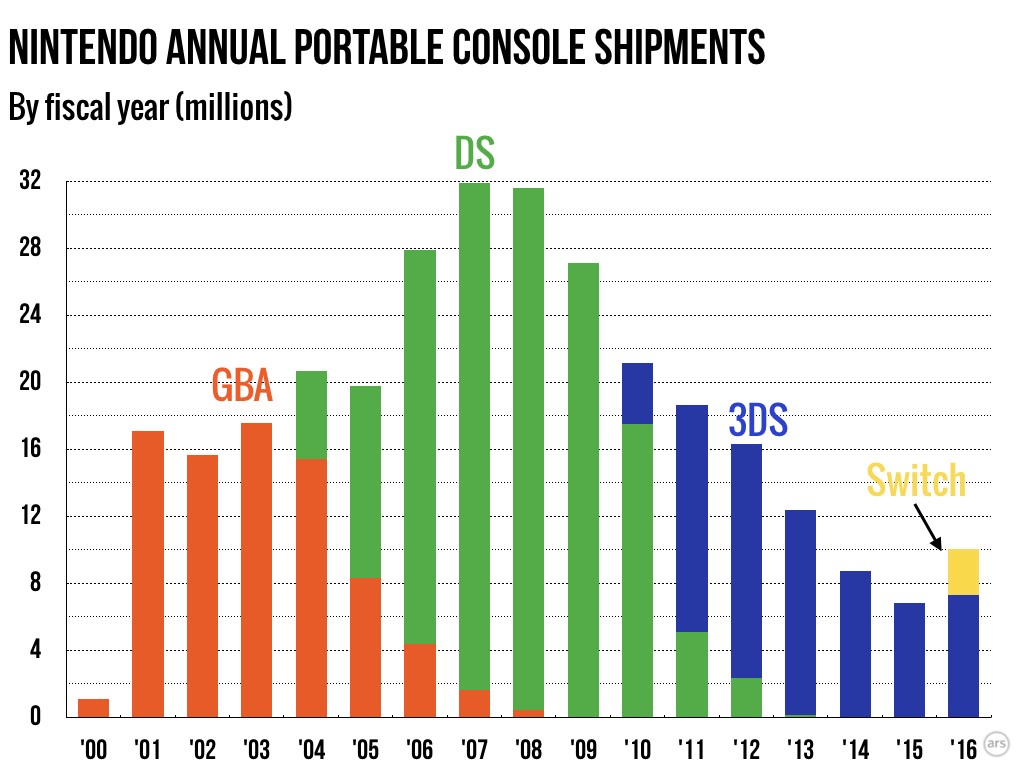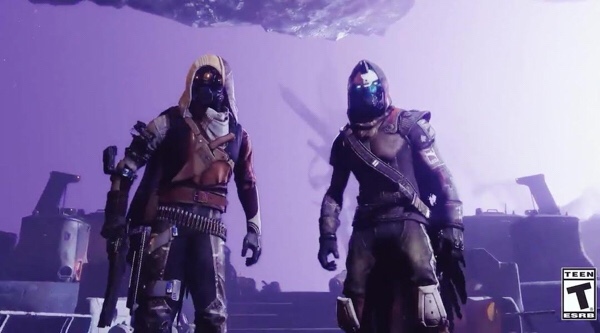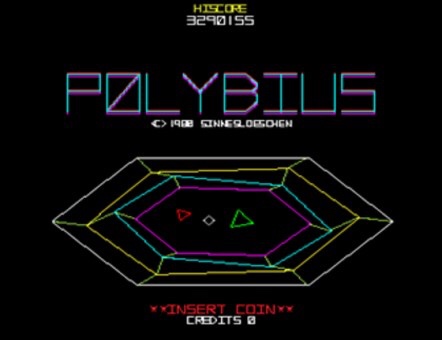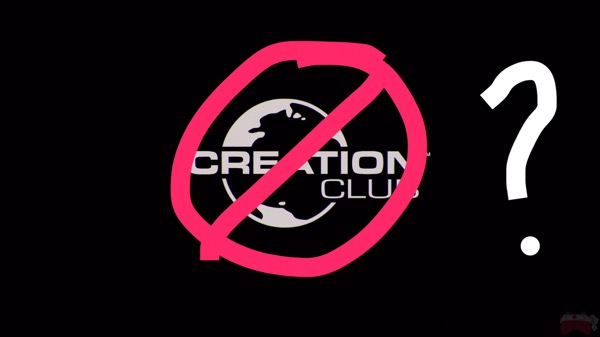According to this article from Polygon last week, the World Health Organization has classified “Gaming Disorder” as falling under the umbrella of other mental, behavioral, or neurodevelopmental disorders. Not only is this dangerously generalized, but it also is patently false for a vast majority of products generated by the video game industry.
—
I remember the day that Overwatch was released like it was yesterday; I had been waiting for months to finally have a chance to play this spiritual successor to one of my favorite team-based shooters of all time, Team Fortress 2, and I was thrilled when the game finished downloading and I started going through the tutorial. I continued to play the game for months after release, enamored with the cartoonish environments and character models, the speed of gameplay, and the wait time for matches was incredibly low.
This enthusiasm persisted until the first seasonal event in the game, the Summer Games add-on. As Blizzard had previously stated, all new characters and DLC for Overwatch would always be free, so there was no pressure to purchase anything. This felt like a welcome change from the typical microtransaction fodder that some games push on their fanbase (particularly mobile games, which are downright predatory with regard to their sole focus on small paywalls throughout their products; I’ll get into that more a little later).
The Summer Games came and went, and while the new game mode, Lucio Ball, was pretty spectacularly broken, I still had fun playing with friends, and even got a few of the new character skins that had been created for the event. I never felt the urge to purchase any loot boxes, because I didn’t really care too much about a skin that made Tracer look like a Track and Field athlete, complete with a cape. Beside the fact that I knew every time I leveled up during Quick Play or Competitive matches, I would get one for free anyways. So I just upped my playtime and stocked up on loot boxes, so that I could open them all at once weekly.
Then the next event came around – The Halloween Terror. If I didn’t care about skins and other aesthetics being offered before, I certainly was put in a position to care with the release of this event. At the time of the event, I had a fair amount of personal responsibilities I had to deal with, and was forced to cut my play time down to about a third of what I would normally have been doing, so I decided that the only viable way to get some of the skins I wanted was to purchase some loot boxes, but not a huge amount. Just enough to give me a leg up on the loot box front, so I could have a fair shake at getting the skins I wanted (since you, for some odd reason, cannot just purchase the skin you want directly, especially when they come from limited time events).
This purchase was accompanied by an odd feeling in my gut, something that I had never felt while playing a video game before: Fear.
Not fear like “I’m playing Amnesia alone in the dark and I think I just shit my pants,” more like a gut-wrenching feeling that, by not being able to play as much as I wanted to, I would likely miss my opportunity to obtain the character skins and other aesthetic items that I had seen and really wanted. I didn’t even really know why I wanted them so damn much, to be honest. It was just this pull in the pit of my stomach to spend the money, not to dare miss the opportunity to have a skin that maybe somebody else didn’t have.
I didn’t understand where this feeling was coming from, or why I was feeling it so strongly. I wasn’t even that good at the game itself (and I’m still not, if I’m being honest). But for one reason or another, I just had to have as many of those skins and emotes as I could possibly get my hands on. So I bought one of the lower increments of loot boxes, 10 of them if I remember correctly, and tried my luck. It was, as one could expect from just about anything determined by RNG, a miserable failure. Not only did I not obtain a single skin that I had been after, I only got one emote out of ten boxes that I actually wanted. The rest of the items I received were sprays and voice lines that I couldn’t have given two shits less about.
This inspired another emotional response, one that I was a little more familiar with: Anger.
I bought more.
—
This, of course, is the nature of most games’ profitability when it comes to these ancillary purchases. The more frequently you offer additional content that potentially very few players will ever actually obtain throughout the course of normal gameplay, the more you increase the odds of players making additional purchases to try and obtain those items. It’s related to a psychological phenomenon called variable rate reinforcement, and as the psychologist interviewed for this PC Gamer article puts it:
“The player is basically working for reward by making a series of responses, but the rewards are delivered unpredictably,” says Dr Luke Clark, director at the Center for Gambling Research at the University of British Columbia. “We know that the dopamine system, which is targeted by drugs of abuse, is also very interested in unpredictable rewards. Dopamine cells are most active when there is maximum uncertainty, and the dopamine system responds more to an uncertain reward than the same reward delivered on a predictable basis.”
It’s important to note the term “gambling,” as that is precisely what loot boxes draw their appeal from; that strong rush of dopamine flooding the brain when players receive the item they want the most. Think of it like a claw machine full of dollar bills, but also containing one winning lottery ticket worth millions upon millions of dollars. Even if it costs five dollars per play, and your only options are to win nothing, win a dollar, or win financial providence for the rest of your life, odds are that folks will be lining up around the block with stacks of five dollar bills in hand, trying to be the big winner.
The high we experience from the natural chemicals in our brains tied to pleasure receptors drive our behavior, in this case, towards the purchase of hundreds of dollars worth of *chances* to win something we really want. Granted, this effect is more subtle in some games (Destiny comes to mind in particular, because the items offered from their Eververse loot engrams are a bit more neutral in contrast with the other items and weapons one can receive while playing the game normally).
But on the other end of the spectrum, we find the world of mobile game microtransactions, which are geared towards a completely different audience than your average mental image of a “gamer:” Suburban housewives.
By creating a ceiling for all players in these games (I’m specifically referring to games made by King, such as Candy Crush, and other similar titles), and capping the level of achievement a player can reach before they will be presented with a challenge seemingly insurmountable without paying $1.99 to complete the level with five more moves, these companies are essentially preying on this demographic in the most seemingly innocent way.
“Oh, you’re having a hard time completing this level? You’ve tried twenty times in the course of one day and still haven’t managed to beat it so you can progress? Well here’s another option for you…give us $1.99, and you can finish the level right now, no need to be stuck here forever.”
And this doesn’t just happen with that specific sort of puzzle game, either. In fact, according to this article from 2012, not only was 91% of all mobile game revenue generated solely from in-game microtransactions, but Apple held a vast majority of the mobile gaming community, and therefore the lion’s share of the microtransaction revenue.

The primary reason for this high concentration of revenue on Apple’s side of the fence (then, and as I am sure it remains to this day), is due to the stipulation of use of the App Store which requires users to connect a credit or debit card to their iCloud account before they are even able to use any of the apps or services offered in it. As a direct result of this, when a microtransaction notification pops up in-game on your Apple device, all it takes now is two clicks of the power button, a little facial recognition, and you’re on your way to defeating that level you’ve been stuck on for a week.
And let’s not even get into the vast swath of actual casino games on any mobile platform’s App Store, which combine the thrill of winning fake money with the real world spending of actual money, so that you can be a phony millionaire for the low cost of only $50 USD. This, again, is targeted not at the pre-pubescent gaming crowd, but the bored housewife, the elderly man or woman that has little to do with a sizable portion of their day, and so forth. People with expendable capital, and no reservations about spending real currency to achieve virtual goals.
—
So what can be done about this? Polygon posted this article last week about the Republican Senator from Missouri, Josh Hawley, who has introduced legislation which seeks to regulate “pay-to-win” and “loot box” transactions in video games. That’s a good thing, right?
But the problem is, how does the proposed law define a “microtransaction?” The full text of the bill is available here, but here is the general idea:
“An add-on transaction to a interactive digital entertainment product that […] eases a user’s progression through content otherwise available within the game without the purchase of such transaction; assists a user in accomplishing an achievement within the game that can otherwise be accomplished without the purchase of such transaction; assists a user in receiving an award associated with the game that is otherwise available in association with the game without the purchase of such transaction; or permits a user to continue to access content of the game that had previously been accessible to the user but has been made inaccessible after the expiration of a timer or a number of gameplay attempts; or with respect to an interactive digital entertainment product that, from the perspective of a reasonable user of the product, is a game featuring competition with other users, provides a user with a competitive advantage with respect to the game’s competitive aspects over users who do not make such a transaction.”
Sounds pretty reasonable, right?
Unless there is potential for all DLC to fall under that same umbrella (specifically with regard to the sections which specify purchases which allow users to accomplish certain achievements of receive rewards that otherwise would not be present in the base game). In fact, nearly every single piece of major DLC additions to games are specifically designed with these parameters in mind; they come with their own in-game rewards and achievements that players who have not purchased the content cannot obtain.
While this may not be a problem for games that focus more narrowly on generating revenue through their IPs by creating extremely appealing opportunities for players to spend more money than what is initially purchased with any new game title, it would deal a devastating blow to other games which have been strictly designed to offer a base game experience, then add to that a new set of experiences in the same game world to prolong players’ enjoyment of the title.
It is critical that lawmakers take these definitions into account in great detail before approving legislation to ban or more strictly regulate all additional financial transactions in all games, because not all games are designed to be money sinks, and especially smaller developers trying to earn a living on their craft would be hit hard if they had no recourse but to make an entirely new IP every time they wanted to earn more money, as opposed to being free to create more content for an existing IP and sell it to their player base for a nominal fee.
Video game creation is an art form, and when the demand is high enough for that piece of art that the consumer base wants more, there should be no legal recourse which would deny them that, nor deny the developers the fruits of their labor, which is vast and incredibly intricate. However, predatory microtransactions, pay walls, and especially “pay-to-win” game structures should absolutely be regulated more closely.
But throwing a blanket disorder qualification on all forms of video game “addiction” is a really terrible start down that road towards sensible regulation.
-b1nx
—
SOCIAL MEDIA CRAP:
Twitter — @GGT_b1nx
Twitch — @GGT_Live
Archives — rnrgonzo.wordpress.com






 (
(

















